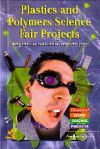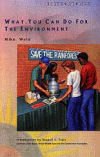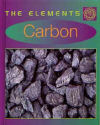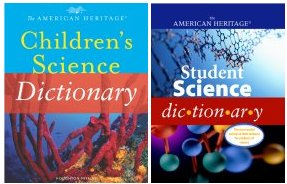Earth-Friendly Fabrics Additional Information
Share this:
- Share via email (Opens in new window) Email
- Click to share on Facebook (Opens in new window) Facebook
- Click to share on X (Opens in new window) X
- Click to share on Pinterest (Opens in new window) Pinterest
- Click to share on Reddit (Opens in new window) Reddit
- Share to Google Classroom (Opens in new window) Google Classroom
- Click to print (Opens in new window) Print
Information about clothing made from chicken feathers and rice straw is available at www.newswise.com/articles/view/523282/ (American Chemical Society).
You can learn more about corn fabrics at www.fabrics.net/amycorn.asp(Textile Fabric Consultants).
For information on bamboo fabric, see www.wisegeek.com/what-is-bamboo-fabric.htm(wiseGEEK).
Sohn, Emily. 2004. A newspaper’s hidden cost. Science News for Kids (June 16). Available at http://www.sciencenewsforkids.org/articles/20040616/Note3.asp .
Books recommended by SearchIt!Science:
 |
Plastics and Polymers Science Fair Projects Using Hair Gel, Soda Bottles, and Slimy Stuff— Madeline Goodstein
Published by Enslow Publishers, 2004.
Bulletproof vests, bicycle helmets, CDs and cassettes, pot handles, airplane windows, foam mattresses, floor tiles: We live in a plastic- and polymer-filled world. But what are plastics and polymers? What properties do they have, and why are they so popular? Learn about plastics and polymers in this collection of hands-on experiments. Divided into four chapters, the experiments cover topics such as making polymers (and slime), testing plastics, rubber, polystyrene, and more. Each investigation provides a list of materials needed, and many include black-and-white diagrams and illustrations, as well as ideas for science fair projects. |
 |
What You Can Do for the Environment—Mike Wald
Published by Chelsea House, 1993.
If you’re like most people, you produce a pound of garbage a day. Worldwide, people produce an astounding 5 billion pounds of garbage every day. No wonder our planet is becoming overrun with trash and pollution! It’s a big problem, and doing the right thing can get a little complicated. This book shows you the best way to help our environment and points out that some environmental “solutions” are actually myths. For example, many people have stopped using disposable diapers because they think that landfills are overflowing with them. But diapers are only a small part of the problem. What takes up the most space in a landfill? Paper—and it doesn’t degrade as quickly and as easily as you may think. Black-and-white photographs show our various environmental problems—from water and air pollution to global warming and the greenhouse effect. Learn how you can get involved helping save the environment in ways that will make a difference. Tips for green shopping, reducing waste, buying the right car, and making other decisions are included. |
 |
Carbon— Giles Sparrow
Published by Benchmark Books/Marshall Cavendish, 1999.
What do a sparkling diamond and a lump of coal have in common? Both are forms of carbon, an element that all living things need to survive. This fascinating book discusses the carbon-based compounds of fats, proteins, and carbohydrates; organic chemistry; fullerenes; and polymers. Find out about oil, coal, the greenhouse effect; and carbon dating. The book also recounts the history of carbon and explains how it is used today. |
Power Words
biodiversity The number and variety of plants and animals that are found in an ecosystem.
petroleum A thick liquid mixture of different chemical compounds that is found where large quantities of dead plants and animals were covered by dirt and rock millions of years ago. Petroleum is black or yellowish and is mainly found below ground. Petroleum is used to make gasoline, oils, plastics, and many other products.
polyester A substance that is created in a laboratory, usually from petroleum, and used to make plastics and fibers. Polyester is light and strong, and it is not affected by the weather.
polymer A chemical compound that is made up of a chain of smaller molecules. Cellulose is a polymer that occurs naturally in plants, and nylon and acrylic are polymers that scientists have created in the laboratory.
Copyright © 2002, 2003 Houghton-Mifflin Company. All rights reserved. Used with permission.
